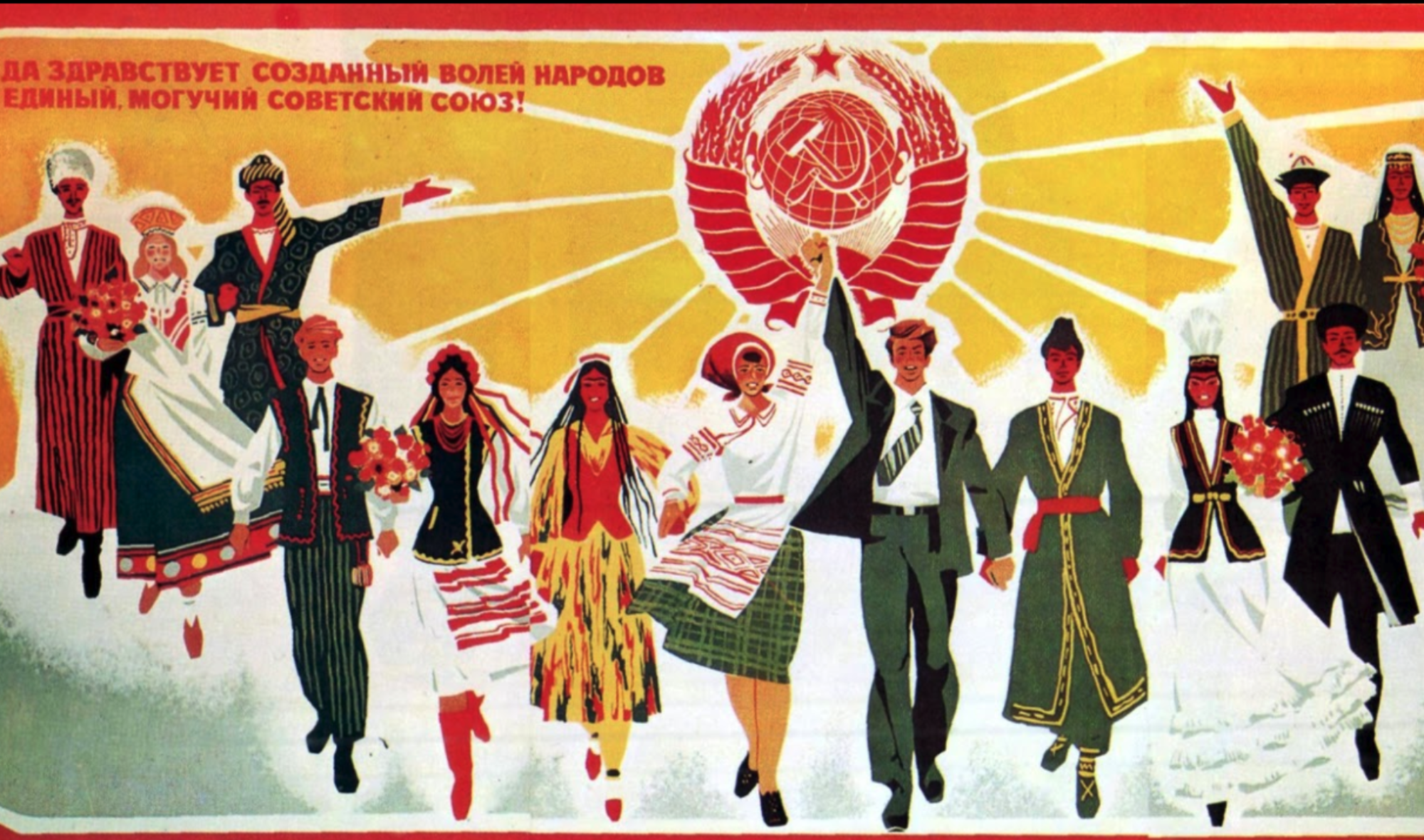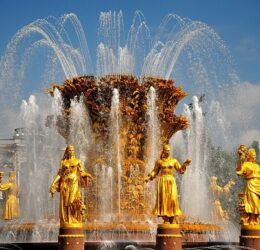In Chapters 3 and 4, Fowler took a deeper dive into the Soviet government’s control on art and how this focus affected various forms of entertainment. Last class we discussed censorship, but I think it is important to think more about how censorship and manipulation of the arts and media can alter the perception of citizens and how the need to be funded by the state affected the execution of the arts. The text states, “Artists could not depend on book or ticket sales to prove resonance with an audience. Competition among artists for financial support was still fierce, but artists focused not on soliciting interest from the audience members or private patrons, but rather from the Party-state” (Fowler 96) and “With audience input therefore removed, Party-state patronage became crucial to finance theatre, and local connections with officialdom provided the path to securing funds. Socialist theatre had no box office – or at least not a box office contributing in any significant way to a theatre’s income. What mattered for success was not how many tickets a theatre sold, but how many seats its managers succeeded in “organizing” through Party connections” (116). I never thought about just how far the Soviet government financed and influenced art, especially theater, across the various nations.
Questions I’ve been thinking about:
- Do you think catering the message of the arts to benefit the Soviet ideals compromises the purpose of theater, film, literature, etc.?
- On page 113, the author discusses the statistics and number of people who actually visited the Berezil, which turned out to be only about half a percent of the population in Soviet Ukraine, and also states that an even smaller percentage saw Hello from Radiowave 477!. Even with such recorded low audiences in comparison to the overall population, do you think shows and programs like this were influential to developing Soviet Ukrainian art? Were they successful?
- In the last ten pages or so pages of Chapter 3, the author discusses the nationality policy’s affect on the arts, specifically referring to Soviet Ukraine. How did the nationality policy actually hinder minority art and create an ethnic hierarchy?
- Despite the flourishing of art and the representation of various ethnic identities, the founding fathers of art and theater in the Soviet Union all met tragic endings and their legacies were not always discussed positively. The text states, “In 1937 Khvyl’ovyi had committed suicide, Dosvitnyi, Kulish, Iohansen, and Kurbas were shot, and Hirniak and Vyshnia were imprisoned in the gulag” (Fowler 118). Do you think the art movement was still successful in promoting innovation and promoting diverse ethnic identities?


In regards to question one, I think it’s interesting to ask about if it’s compromising the purpose of art – which has no definitive purpose, and so there could be arguments from both sides on what the Soviet bias does for art. In general, though, I think that people can agree that art is made to serve a community. In terms of that, the Soviet bias would not compromise the purpose of the art within the Soviet Union.